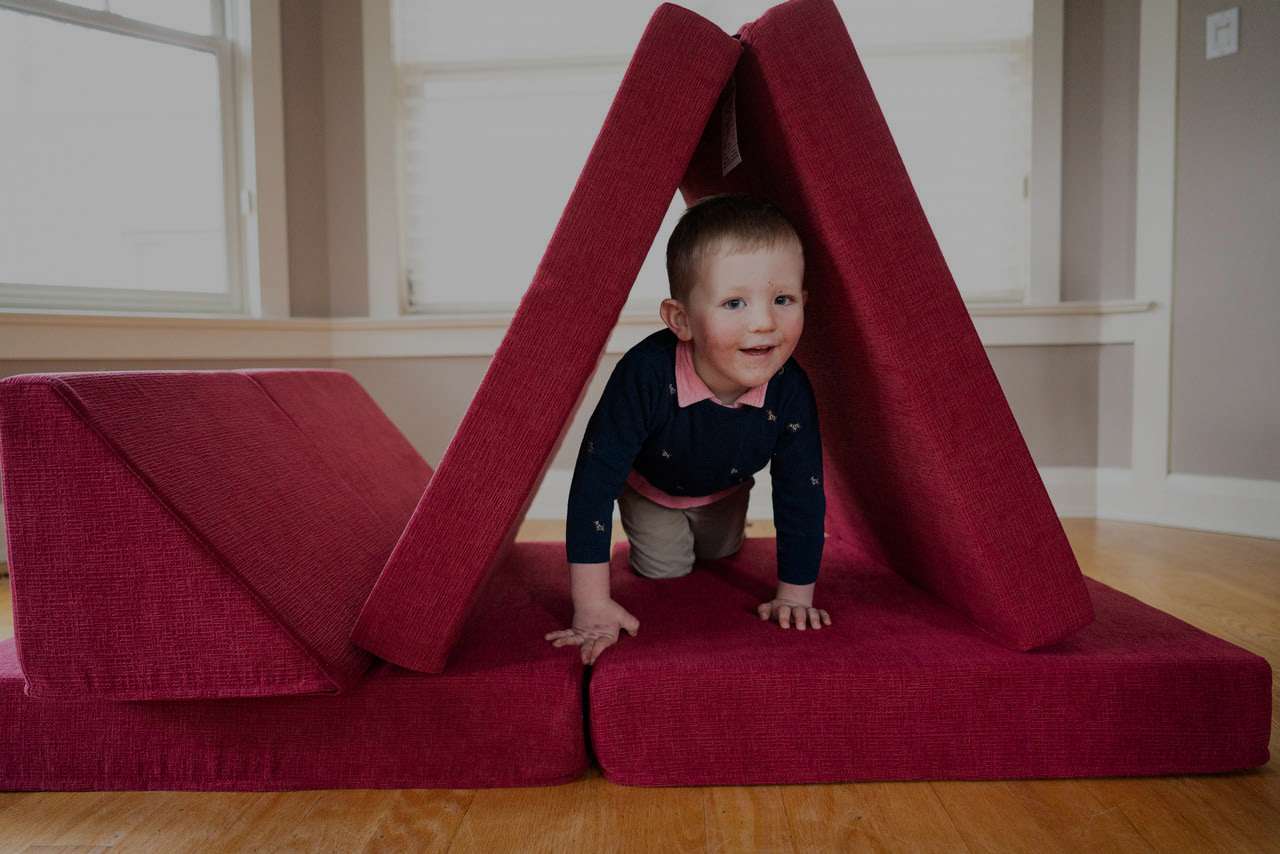With Family Day just about upon us, I’ve been thinking about activities at home that can aid family relationships while creating tangible benefits for kids. It isn’t always easy to keep kids active indoors, but the solution is within your reach. The best part? It will decrease screen time and reduce childhood stress.
It’s all about imaginative play; some call it open-end play. Sounds too simple to be true? Here are steps to increase imaginative play so you reap the benefits.
Why imaginative play is so important?
Imaginative or open-ended play builds social, emotional, and cognitive skills in kids. Playing in pretend worlds allow kids to explore situations and emotions that may be stressful in real life. Yet in a pretend world, these stresses and emotions are easier to deal with. My daughter and niece regularly played a game where they encountered catastrophic natural disasters (Hint: they always survived). It was their way of dealing with fears and conquering them. Imaginative play allows kids to work through problems and find solutions on their terms.
Another major benefit of imaginative play is the development of language and social skills. Working out how to play with other kids or siblings is all part of social and emotional development. Fighting off villains in a castle or planning a trip to Mars requires communicating and negotiating social roles; these are core areas of child development.
What is imaginative play exactly?
Imaginative play is when children create a world or a situation out of their own volition. It could be camping in the wild, driving a race car, sailing on a pirate ship, or storming a castle. Kids don’t need much to create their imaginative worlds but sometimes they need to be shown the way.
A child’s imagination is like a muscle and if it isn’t used regularly, it needs to be put back into shape
How to introduce an imaginative game?
The most important thing is to provide an environment that fosters imagination. Put away electronics and set the scene. This could mean building a fort with couch cushions, or a play couch, then bringing out costumes to dress up in. Perhaps play some music but don’t introduce screens (iPads, etc.) into the game.
How to begin using the imaginative muscle:
- Introduce an imaginative game by encouraging your child to dress up like a character. It may just mean a hat or a cape – something simple.
- Ask your child what adventure you are on: Are you searching for a lost treasure? Is there a storm approaching? What challenge is ahead?
- Ask your child open-ended questions about the environment that they’re in. Who’s with them? What’s the weather like? What country are they in?
- Begin to play! Act out the scene and interact with your child. You’ll be surprised how creative they are and how much fun they’re having.
At first, you may have to play with your child and guide them, but as time goes on children will become more independent.
If a child isn’t used to stretching their imagination, it may take time for their creativity to shine. Make sure to bring your patience and a fun attitude; it’ll be worth it in the end and the benefits are so important for your child’s development.
Let me know how you progress with imaginative play. You can tag us @mypuffinco or visit our site at www.mypuffin.ca.





